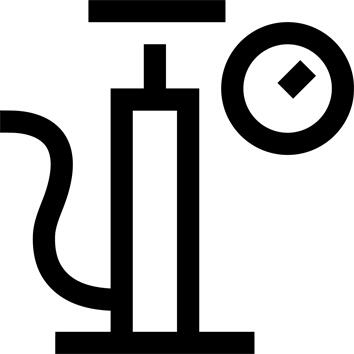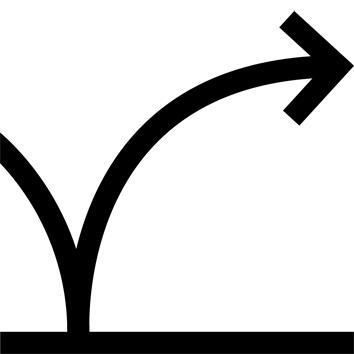This balloon has a story for you
It was by observing soccer players on their field of play that our design team thought up and conceived this Hybrid soccer.
Hybrid because in the design of this ball we have mixed the comfort of a machine-stitched ball with the strength of a hand-stitched ball (the stitching is on the inside).
What's more, we have chosen a specific bladder (2 kms of thread winding the bladder) to guarantee more resistant inflation and better sphericity.
The strength of our balloons
We have developed a tool that enables us to characterize the resistance of our footballs.
Defects that appear in use are identified and evaluated through a series of laboratory tests.
These tests enable us to compare the overall resistance of our footballs with those available on the market.
Our ambition: to have the most resistant products on the market.
Lighter than a traditional balloon
This model is called light because it is on average 17% lighter than a conventional football in size 4. What's the difference? Thanks to its weight, it will be more pleasant for your young footballers to kick or head the ball. They'll also find it easier to make long passes or aim for the top corner.
What size, what circumference?
The size of this ball is between 63.5cm and 66.0cm (size 4).
A round ball, really?
Here's the sphericity test:
Variation of the measured average: maximum 1.8% (FIFA BASIC approval).
We measure the sphericity of the ball at 4,500 different points and look at the deviations observed.
If the deviation exceeds 1.8% (FIFA BASIC standard), our engineers are tasked with improving the sphericity to guarantee a regular rebound.
Maximum pressure loss test: we tell you...
Here's the pressure loss test:
We inflate the balloon to the recommended pressure (i.e. 0.8 bar).
72 hours later, the balloon should have lost no more than 15% of its pressure, i.e. around 0.1 bar (FIFA BASIC approval). The pressure after 72 hours should therefore be around 0.7 bar.
This also means that it's perfectly normal for a balloon to lose pressure after a few days.
We also tested the balloon's water absorption...
Here's the water absorption test:
In the laboratory, we simulate playing conditions in the rain by soaking the ball in 2 cm of water on a pivoting support while applying 250 compressions.
At the end of the test, the ball must not have gained more than 15% of its weight (FIFA BASIC homologation).
When the rebound goes, everything goes
Here's the bounce test:
The ball is dropped 10 times onto a steel plate from a height of 2 metres.
The variation in bounce height must be between 115 and 155 cm, with a maximum difference of 10 cm between the highest and lowest bounces per ball.
Not bad at all!
The most demanding test we put this ball through is the machine kick test.
The ball must withstand 2,500 kicks against an inclined concrete surface at 50km/h from a distance of 2.5m.
At the end of this test, we check:
- the general condition of the ball: the seams must withstand this test
- the circumference: it must not have increased by more than 1.5 cm
- the sphericity: it must not have varied by more than 1.8%
- the pressure: the ball must not have lost more than 12.5%.
And what do you think?
Your opinions are essential, and help us to continually improve our products.
Many thanks in advance for sharing your experiences.



